Life of Pi
This class covers how pi was invented and used by the ancient Egyptians and Babylonians. It will also cover how pi is used today. Kids will learn ancient techniques that were used for approximating pi to several decimal points. The mathematical level of this class is flexible, and there is plenty for kids of all levels and interests.
Although Pi was discovered way back and has become more popular over the years including the accidental discovery decades ago that March 14th spells out the first three digits of pi. As you probably know, pi is the number that describes how the circumference of a circle relates to its diameter. This basic relationship throughout history has proven to become useful in not only math and engineering, but has been adapted to automobiles, spacecraft and even medical procedures, music theory and communications. This class will cover how pi was invented and used by the ancient Egyptians and Babylonians. It will also cover how pi is used today. Kids will learn ancient techniques that were used for approximating pi to several decimal points. The mathematical level of this class is flexible, and there is plenty for kids of all levels and interests.
Monday: Introduction to what pi is and where it comes from.
Tuesday: How to use pi in calculations.
Wednesday: Where pi shows up (circumference, area, volume, etc.)
Thursday: Converting angle measurements to pi radians.
Friday: Expressing arc length in pi radians.
Introduction to Printmaking
In this survey of printmaking techniques, we’ll learn how to use a variety of tools to express ourselves. On Day 1, we’ll use found objects to produce Cyanotype prints. On Day 2, we’ll learn about patterns and use Legos to produce our own Relief Prints of patterns. On Day 3, we will make original drawings and reproduce them using a Risograph Printer. On Day 4, we’ll use our new printmaking skills to tell a collaborative story together. On Day 5, we’ll use a Laser Cutter to invent and print new shapes. We’ll end class with a printed book of our collective work to remind us of everything we made.
Hands-on STEM Pros!
Do you love science? Science is the process of learning about the natural world through observation and experimentation. Participants in this class will experience different hands-on activities related to science and careers within science. Students will learn about diverse topics each day that help them see into various fields and how science can come into play in their everyday work. This class will offer fun, hands-on relatable science to help student understand how it fits into the world around them.
Minecraft
One of the most popular computer games, Minecraft at its core is a sandbox game that provides an environment for its players to explore and create. This class will focus on the Education Edition of the game to introduce students to programming to control the in-game abilities of their character, allowing them to make games that involve granting players superpowers.
Monday: Introducing and sampling the different powers that can be granted in Minecraft custom games. These include things like Speed, Invulnerability, and Flight
Tuesday/Wednesday: Having the students work in small teams to build maps and set up the interactions using coding blocks to complete a checklist of effects.
Thursday/Friday: Play the games, identify fun and unfun parts, and begin tweaking the gameplay.
Creative Collage
A collage is a form of visual arts in which visual elements are combined to create a new image that conveys a message or idea. Collage comes from the French word “collér,” which means “to glue,” often the primary means of combining images in collage art. Collagers can draw these images from newspaper clippings or print advertisements, or cull them from different materials, like photographs, fabric, wood, and even ephemera. Collagers can apply the images to the surface of another work of art, such as a canvas, to create a new single image.
Collage is a beneficial activity for young students as it helps develop their fine motor skills, speech and language skills, improve sensory skills and of course their increases their creativity! Additionally, creating collages has shown that ii can enhance scholarly thinking.
Students will learn about the history, types and famous collages. They will participate in a fun hands-on learning activity and they will produce a one of a kind piece of art that they can be proud to showcase and adorn their walls for a lifetime!
Monday: History of Collage, Types of famous collages, samples, techniques, prompt and theme for creating collages.
Tuesday: Create a small collage to take home.
Wednesday: Brainstorm and writing/drawing ideas, inventory materials, collect materials to plan for collage,
Thursday: begin developing collage, cutting and prepping for final art piece
Friday: Each student will create their own collage composition to take share with group and take home
Cookie Design
In this class students will learn how to decorate sugar cookies using royal icing. A variety of techniques will be introduced, such as flooding, outlining, wet on wet, etc. Students will come away with new knowledge and 8 decorated sugar cookies.
Monday: Basic of royal icing. What is it? How do I hold the bag? What are the different consistencies? What is the technique for making different shapes and controlling the flow? Basic flood and outline one cookie.
Tuesday: 2 cookies. Sectioning, crusting, and flooding.
Wednesday: 2 cookies. Wet-on-wet techniques
Thursday: 2 cookies. Painting and watercolor
Friday: 2 cookies. Create your own design out of a basic shape.


